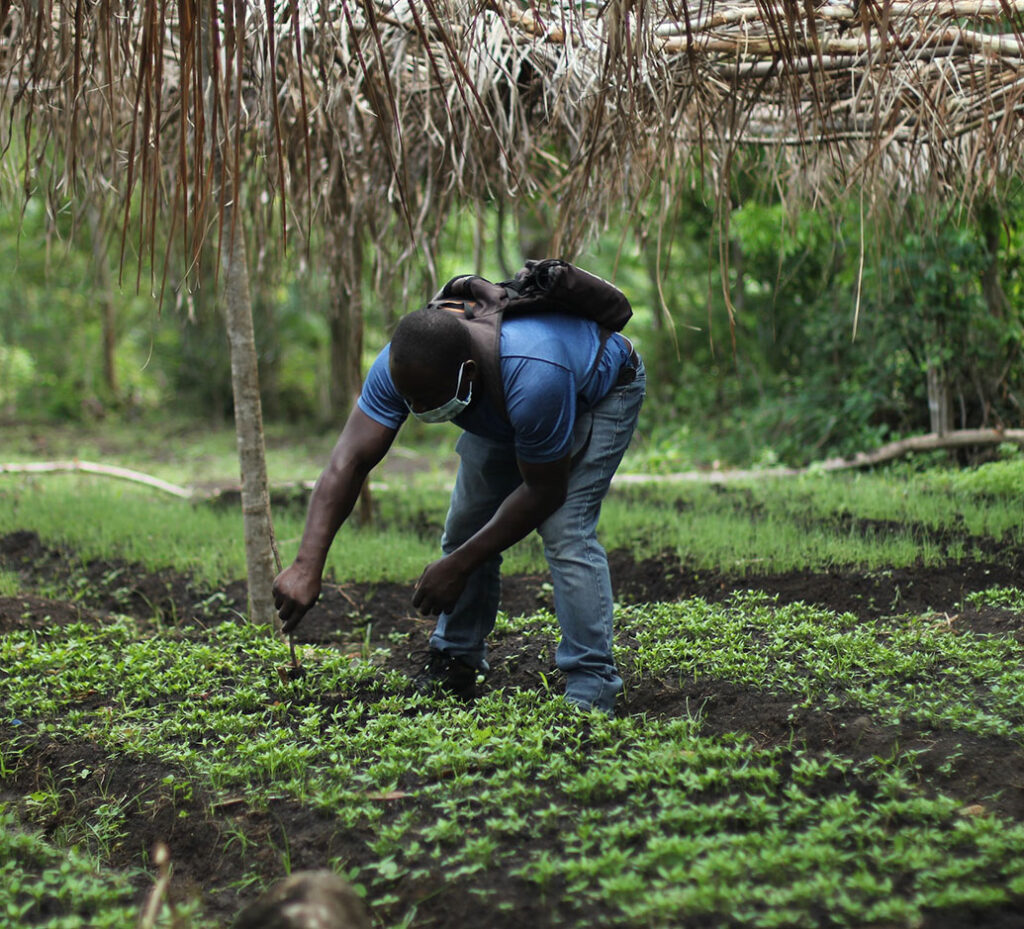Our types of projects
The low carbon strategy is designed on the specific characteristics of each country with the ambition of accelerating sustainable development
Carbon Capture & Sequestration
Process of capturing carbon dioxide (CO2) before it enters the atmosphere, transporting it and storing it (carbon sequestration) for centuries or millennia (on the surface or in permanent silos).

Forest
Indigenous forest conservation and reforestation projects aim to protect existing natural forests and restore degraded and/or deforested lands, helping to preserve biodiversity and store carbon in the soil and vegetation. Regeneration activities can also improve the livelihoods of local communities by providing forest resources and strengthening natural ecosystems.

Peatlands and Wetlands restoration
By restoring degraded wetland areas and creating new ones, we increase the carbon storage capacity of these highly sensitive natural ecosystems, thus contributing to a more effective fight against climate change.

Blue carbon
Blue carbon projects bring a positive solution for coastal and ocean ecosystems by restoring and enhancing their ability to sequester carbon. Mangroves and seagrasses, for example, play a key role in this process.

Agriculture and soil management
Agroforestry projects, hedge planting and prairie restoration will enhance carbon sequestration in soils while preserving biodiversity and combating erosion.
Biochar
Biochar is produced through the pyrolysis of biomass and is an effective soil amendment that can enhance soil productivity. It also acts by storing CO2 in the soil rather than releasing it into the atmosphere, thus playing a significant role in combating climate change.

Renewable energies
We work with our partners to offer/implement green energy projects such as solar, wind, hydro, biomass, and hydrogen that help to decarbonize the countries and improve their energy mix. In addition to contributing to the reduction of greenhouse gas emissions, our projects also bring tangible benefits to local populations in terms of employment, health, and education.

Clean Water Access
Clean water access projects aim to reduce the use of wood and energy for water purification, thus improving the health of disadvantaged populations.

Clean cooking
Clean cooking projects, such as biomass stoves, propane gas stoves and solar cookers, reduce the consumption of wood or energy for cooking and food preparation in households, which limits deforestation and improves the livelihoods of local communities.